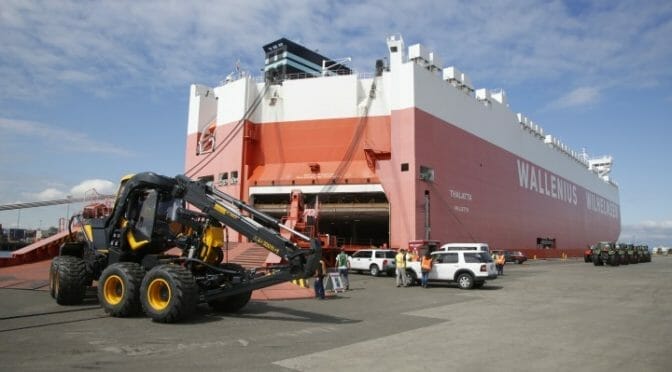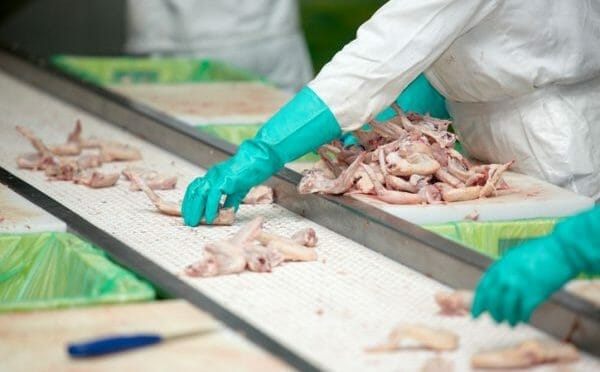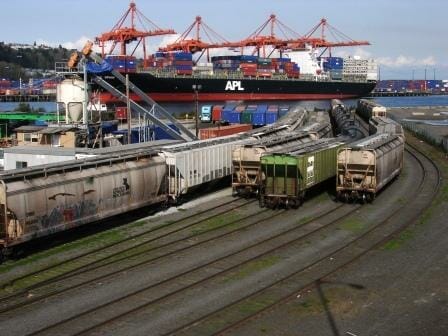Addison,IL(WorkersCompensation.com) – Four months after federal safety investigators cited his employer for failing to provide workers with fall protection at a United Parcel Service facility in Addison, a 42-year-old employee of Material Handling Systems/MHS Technical Services, fell 22 feet to his death at the same site.
On July 29, 2016, the U.S. Department of Labor’s Occupational Safety and Health Administration cited the employer for three egregious willful violations for exposing workers to falls over 6 feet, after its investigation of the Feb. 9, 2016, fatality. OSHA also cited three repeated and three serious safety violations.
As the construction industry continues to grow, falls continue to be the leading cause of death. Source: http://www.bls.gov
“A man is dead because this employer decided to break the law over and over again. Before this tragedy, OSHA cited this contractor twice for exposing workers to fall hazards, including at the same site just four months earlier,” said Dr. David Michaels, Assistant Secretary of Labor of Occupational Safety and Health. “OSHA is asking companies contracting with Material Handling Systems to take strong steps to ensure that this employer protects its employees, and terminate its contracts if this employer continues to violate OSHA regulations. Material Handling Systems employer must demonstrate it can work safely and stop injuring its employees.”
For more detail: Read the Full Article: Workerscompensation.com
To ask questions, obtain compliance assistance, file a complaint, or report amputations, eye loss, workplace hospitalizations, fatalities or situations posing imminent danger to workers, the public should call OSHA’s toll-free hotline at 800-321-OSHA (6742) or the agency’s North Aurora office at 630-896-8700.
Under the Occupational Safety and Health Act of 1970, employers are responsible for providing safe and healthful workplaces for their employees. OSHA’s role is to ensure these conditions for America’s working men and women by setting and enforcing standards, and providing training, education and assistance. For more information, visithttp://www.osha.gov.
WorkersCompensation.com, 08/02/2016.
Photo Credit: Modern Warehouse with Pallet Rack Storage System
























